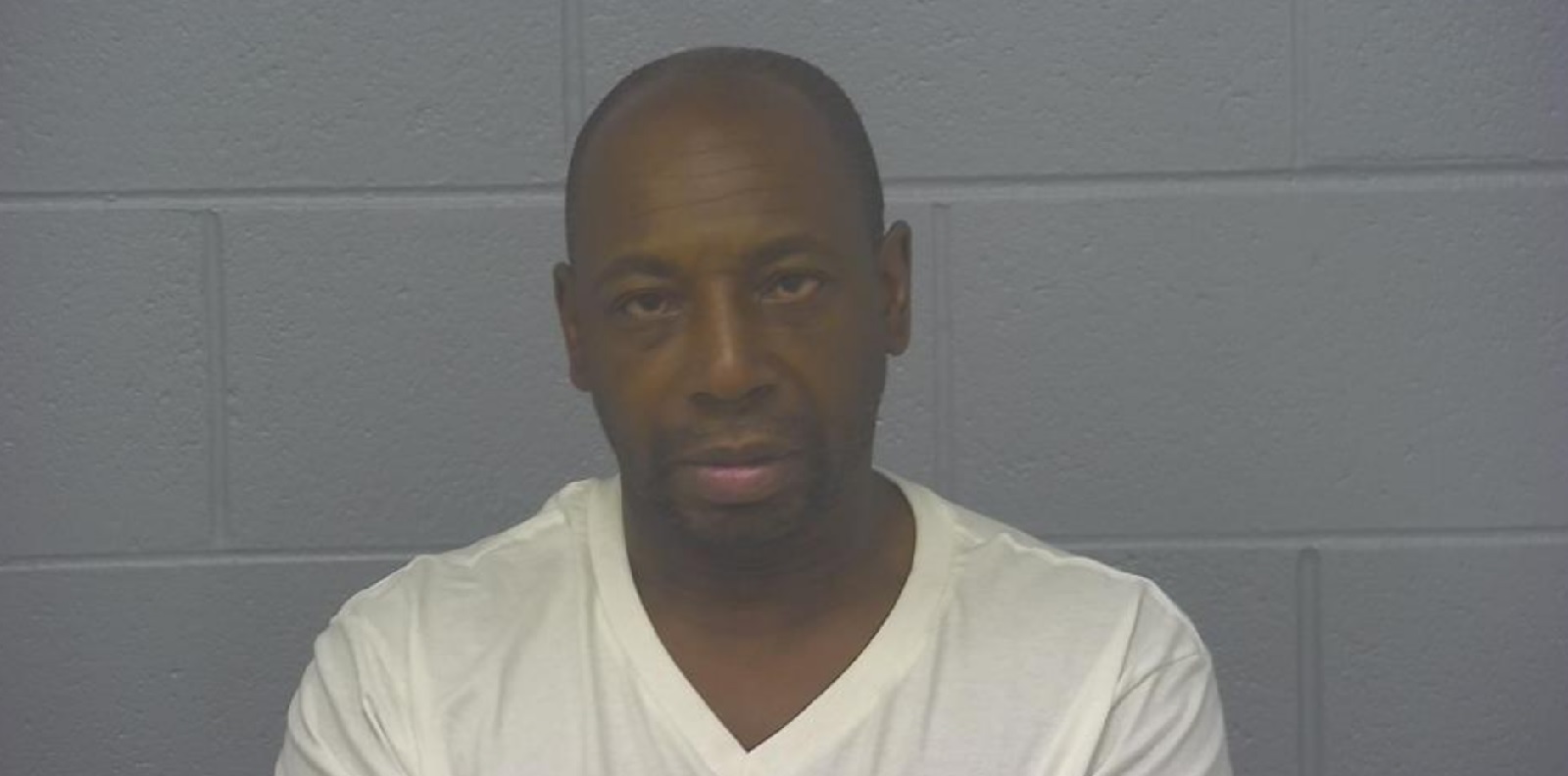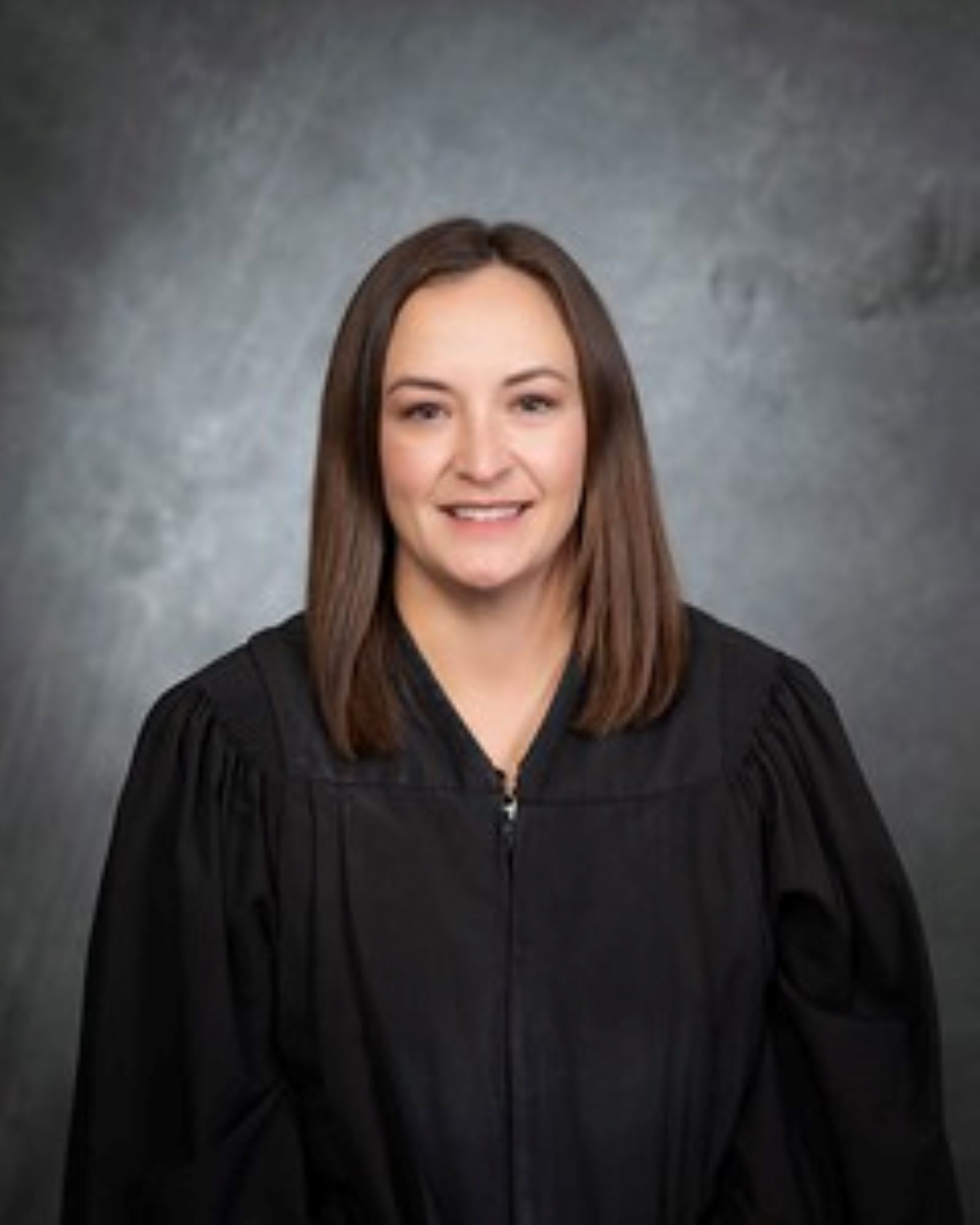It took a jury about an hour to find a Springfield man guilty of second-degree murder following a two-day trial.
Jerome Poole, 60, was convicted on Dec. 13 of strangling 41-year-old Crystal M. Dye to death earlier in 2023.
The eight-woman and four-man jury was selected Monday, but testimony didn’t begin until Tuesday afternoon and concluded on Wednesday in Greene County Circuit Judge Kaiti Greenwade’s courtroom.
According to information presented at the trial, it was Poole who called police officers to his home at 206 S. Clifton Ave. around 3:30 a.m. on March 7. Poole reported a woman was unconscious and not breathing.
In a police body camera video footage shown during the trial, Poole spoke with police officers while paramedics tried for several minutes to save Dye.
In the footage, Poole can be heard telling police that Dye was “up and talking” 15 minutes prior to his 911 call. Poole said he’d been talking to Dye while he was doing dishes, but didn’t receive a response so he went to check on her. Poole told officers he thought she was asleep at first, but then called 911 after splashing water on her and still getting no response.

Poole repeatedly denied knowing Dye very well or even knowing her name.
“She just comes by,” Poole said to the officers. “It really didn’t matter to me what her name is…”
Poole told the responding officers that Dye stopped by his place around 8:30 p.m. March 6. They had dinner, talked and then Dye went to lie down in his bedroom. And that was it.
It was not immediately clear what caused Dye’s death, so Poole was not arrested when police initially responded.
Later in the day, Dye's body underwent an autopsy. The medical examiner discovered internal injuries, defensive wounds and evidence Dye had been strangled.
Armed with the medical examiner’s findings, Det. Brian Smith with the Springfield Police Department questioned Poole again about what happened to Dye.
Poole told Smith he thought Dye’s name was Mary, but she sometimes went by “Momma.” Poole told Smith that he and Dye had showered together and had sex a few times before Poole found her unresponsive.
Smith’s body camera video from this interview with Poole was played in court Wednesday.
“This is as shocking to me as it is to you guys,” Poole can be heard saying to Smith. “I’m freaked out about it just like you all are.”
Poole did not testify at his trial.
Prosecutor: Poole hoped death would be ‘swept under the rug’
In their closing statements, Greene County associate prosecutors Phillip Furman and Emily Shook took issue with Poole’s claims to not know Dye’s name and his varying stories about what happened in those early morning hours March 7.
The prosecutors argued Poole called 911 and performed CPR on Dye’s lifeless body with the hope police officers would not realize she had been strangled.
Poole’s vague and changing story, “shows he has a guilty conscience,” Furman said to the 12-member jury.
“He is providing just enough information to get by and to distance himself from Ms. Dye,” Furman said. “The defendant wanted Ms. Dye’s death to just get swept under the rug.”
Shook echoed that in her final remarks.

“He was hoping the system would view Crystal Dye the same way he viewed Crystal Dye — that she was nameless, she was a drug addict,” Shook said, “that they would come here and with no obvious wounds (like a gunshot) that they would take the body and there would be no more questions[...]
“But that is not how things work in Greene County, because that is not how it works at the medical examiner’s office. They ask questions and they do the investigations,” Shook said. “That is not how it works with the Springfield Police Department. They ask questions and do the investigations. That is not how it works with the prosecutor’s office. We ask questions and do the investigations.”
Shook went on to ask the jury to find, “truth, accountability and justice for Crystal Dye.”
Defense attorney points to evidence of reasonable doubt
In her closing arguments, Poole’s public defense attorney Carol Palmer reminded the jury that the burden of proof belongs to the prosecution — not Poole and his defense team.
“He does not have to prove himself innocent. All we have to show is there is reasonable doubt,” Palmer said. “There is no physical evidence that connects him to the death.”
Palmer reminded the jury that responding officers noticed no injuries to Poole, no signs of a struggle in the house and no blood at the scene, except an area in the living room where paramedics moved Dye’s body to continue CPR.
“Common sense would tell you it happened somewhere else,” Palmer said.
Regarding Poole’s vague responses to the police officers' questions, Palmer said police were also asking Poole about Dye’s private and personal information — like if she used drugs or suffered from mental illness — and Poole didn’t feel comfortable talking about those matters.
Palmer said race was also a factor.
“Mr. Poole is obviously a Black man and a white woman has passed away in his house,” Palmer said, adding that there is a “dynamic” between Black men and police officers that can sometimes lead to vague responses to questions.
The jury began deliberations at 2 p.m. Wednesday and returned with a verdict a little after 3 p.m.
Poole potentially faces a sentence of life in prison. He will be sentenced in March of 2024 and remains in the Greene County Jail.
Victim’s daughter says mom was a good person
Dye’s daughter, 18-year-old Chassity, came to court with her adoptive father. They’d been told autopsy photos would be shown to the jury on Tuesday and decided to avoid court on that day. They attended the trial Wednesday.

The prosecutors and a victim advocate kept the two informed about when graphic photos would be displayed so they could exit the courtroom, if they wanted.
In a courthouse hallway, Chassity said that is not how she wants to remember her biological mother.
Chassity shared several photos of Dye with the Hauxeda — photos taken at times when Dye was healthy and sober.
Chassity said she lived with Dye until Chassity was about 5 years old. Because of her mother’s struggles with substance use disorder, Chassity went to live with a relative and later entered a foster home. Then she was adopted by a Springfield family.
Though Dye was usually homeless, Chassity said she stayed in touch.
Chassity said her mother often tried to get sober with the hope of being reunited with her children, but it just never worked out for very long stretches of time.

Still, Chassity wanted people to know her mom was a good person who cared about her kids and others.
“She was a very good person. She would give her food to other people, like homeless people,” Chassity said. “She would do that all the time. She would turn around and be like, ‘This person needs it more than me.’”
What happened at the trial?
In his opening statement Tuesday, Furman told the jury the evidence shows Dye sustained injuries all over her body, including multiple blunt force injuries to her head, face, back, arms and legs, as well as injuries to her neck indicating she had been strangled. She also had fractured ribs that were not caused by CPR.
In her opening statements, Palmer told the jury that it was Poole who called 911 and that Poole attempted CPR to save Dye until officers and paramedics arrived and took over. Palmer described Poole’s house as small and cluttered, but police found “no indication of a struggle.”
Palmer added that police officers initially saw no reason to arrest Poole, that he was cooperative and agreed to meet with them again after Poole got off work that same day.
“Mr. Poole had no injuries on his body that indicated he has been in a fight,” Palmer said.
Prosecutors Furman and Shook called several officers with the Springfield Police Department to testify on the first day of trial. Some of them responded to the initial 911 call and others responded later to collect evidence and interview Poole.

Among them was Officer Aidin Harter, who was the first officer to respond to the scene at around 3:30 a.m. March 7. Harter’s body cam was on and recording as he arrived to Poole’s home. The video was played for the jurors.
In that video, Harter rushed to the front door, knocked and announced “Springfield Police.” Harter then opened the door. Poole could be seen in the bedroom, giving chest compressions to Dye’s unresponsive body lying on the bed.
Harter, who testified he is trained to give CPR, checked to see if Dye was breathing or had a pulse. The officer then put Dye’s body on the bedroom floor and began CPR. Paramedics arrived and took over attempting to help Dye.
Harter and another police officer talked to Poole in the kitchen while paramedics worked for several minutes, attempting to save Dye.
In the video, Poole can be heard saying to the officers, “About 15 minutes ago she was up and talking. She came over here and everything was cool.”
Poole repeatedly told the officers he did not know Dye’s name, but that she’d been to his house twice before.
On cross examination, Palmer asked Harter if he noticed any scratches or bruising on Poole.
“I don’t remember,” Harter said.
She asked if he had, wouldn’t he have put that in his report?
“Correct,” Harter replied.
Medical examiner testifies to manner, cause of death
Dr. Deiter Duff, Greene County Medical Examiner, testified about the autopsy he performed on Dye’s body later in the day on March 7.
Prior to allowing prosecutors to display autopsy photos to the courtroom, Judge Greenewade announced what was about to happen and that some images were graphic.

Duff testified that a toxicology report found methamphetamine and marijuana in Dye’s system, but the drugs did not cause her death.
After Duff made an incision and pulled scalp away from the skull, he saw signs of 13 blunt force injuries. Duff said he paused the autopsy and called the police investigators. He said he wanted police officers to be there so they could collect evidence for what would likely be a homicide investigation.
Injuries depicted in the autopsy photos include multiple bruises on the inside of the scalp, 10 separate blunt force injuries on Dye’s forehead. She had bruises and abrasions on her legs, a foot, her forearms and hands — what Duff described as “defensive wounds.”
“In my opinion, these are consistent with defensive wounds,” Duff said. “There is a strong likelihood in a situation like this, Crystal would be fighting for her life.”
Duff explained in detail the injuries — petechiae and hemorrhaging — to Dye’s eyes that indicated she had been strangled.
“This is something that happens with strangulation,” Duff said.
Duff also explained the injuries to Dye's neck, which included a fractured hyoid bone, cartilage and larynx.
The prosecutor asked Duff about the fingernail marks on Dye’s neck and if they could be connected to the clumps of her own long brown hair that were found in her hand and on the floor by the bed.
Duff said it’s possible Dye made those fingernail marks herself if she was trying to pull an attackers’ hands away from her neck. That would also explain why her hair was in her hand.
“Many times in an assault like this,” Duff said, putting his hands to his neck, “a person put their own hands up like this to try to pull away.”
Duff testified Dye’s manner of death was homicide and the cause was strangulation.

